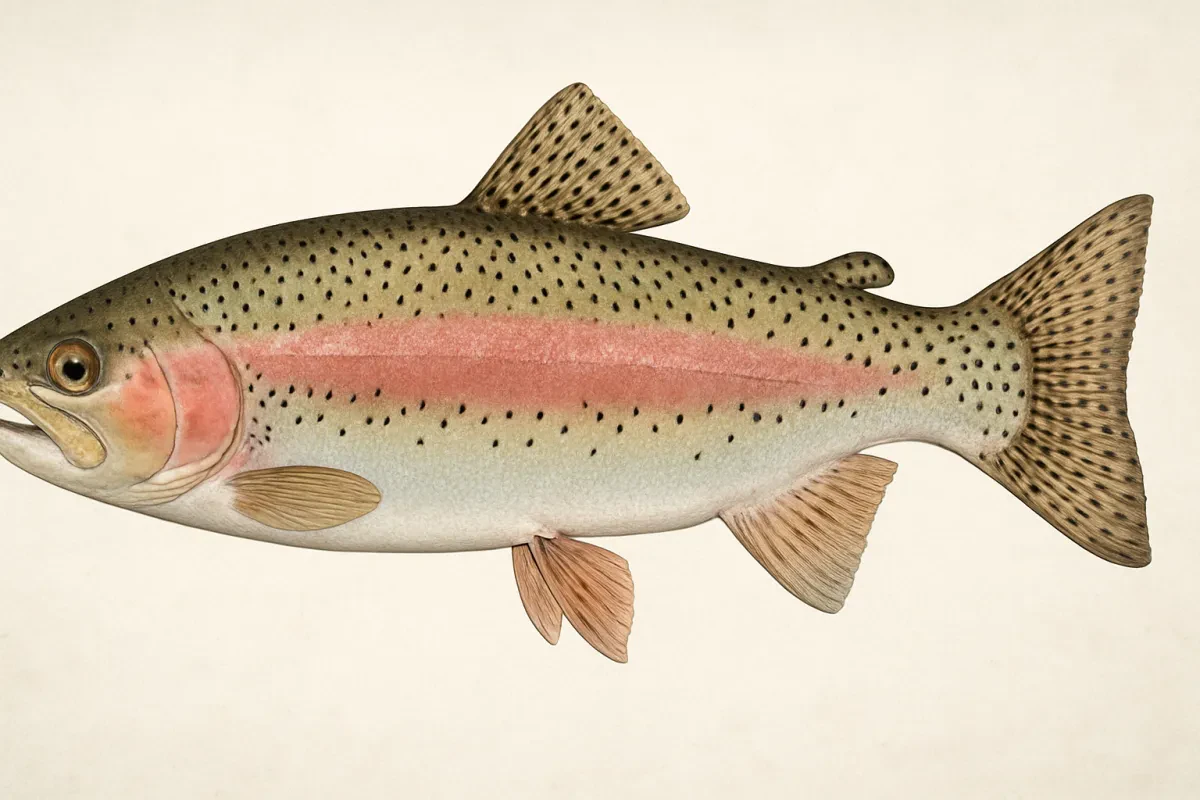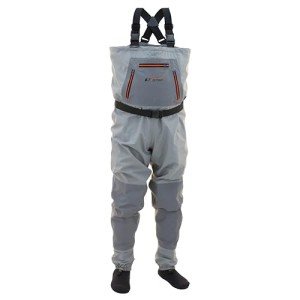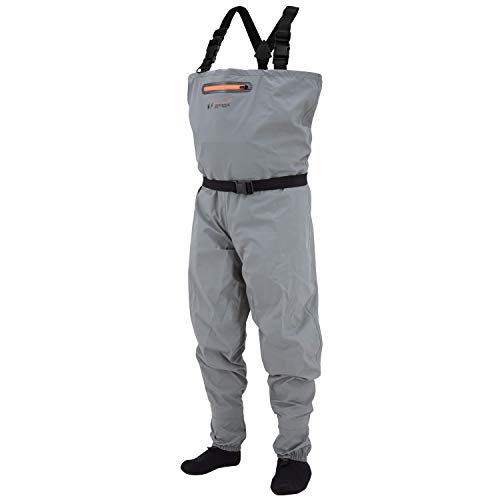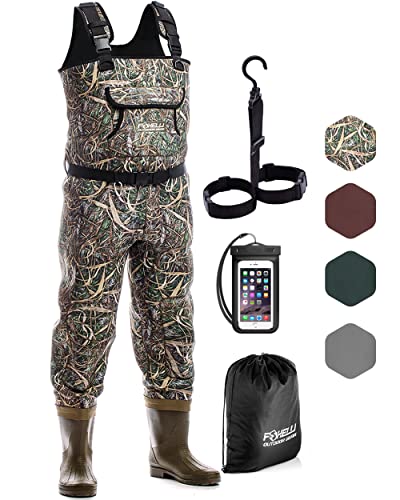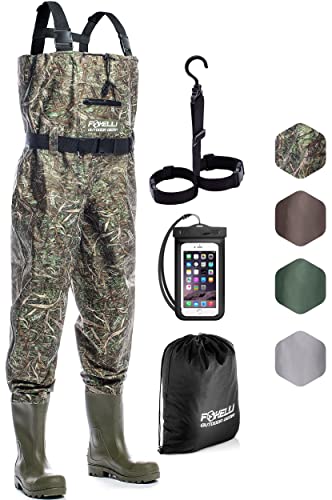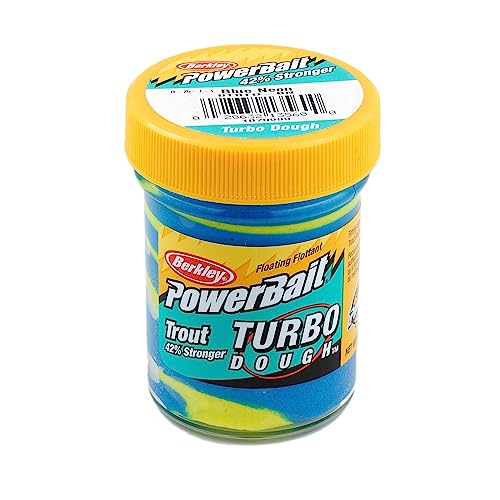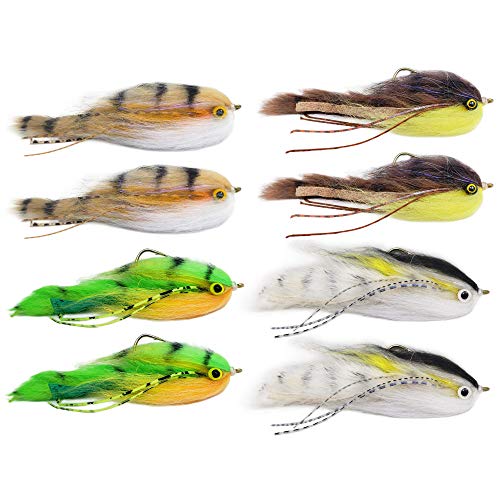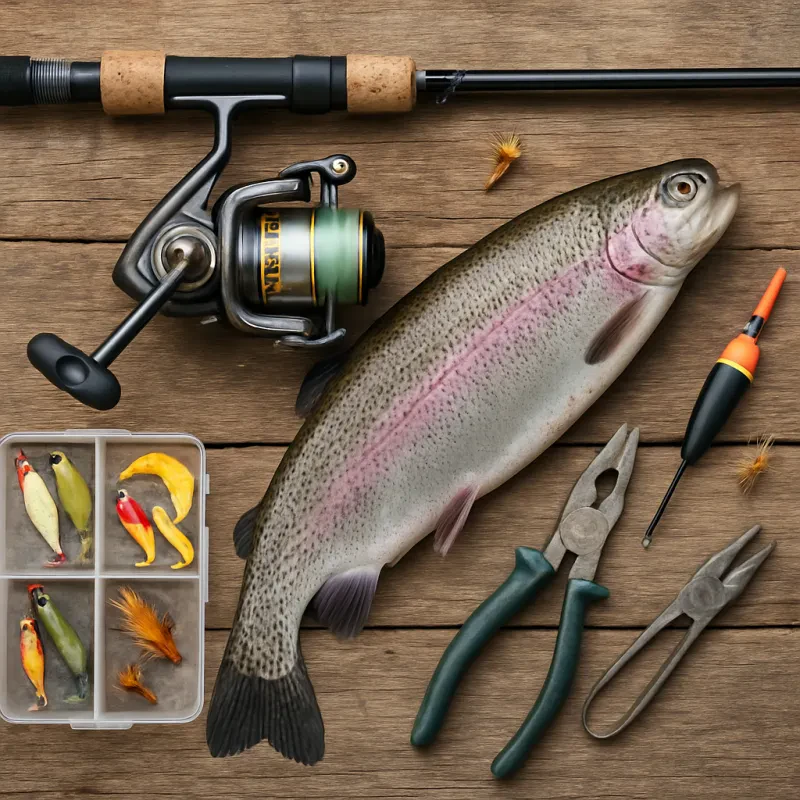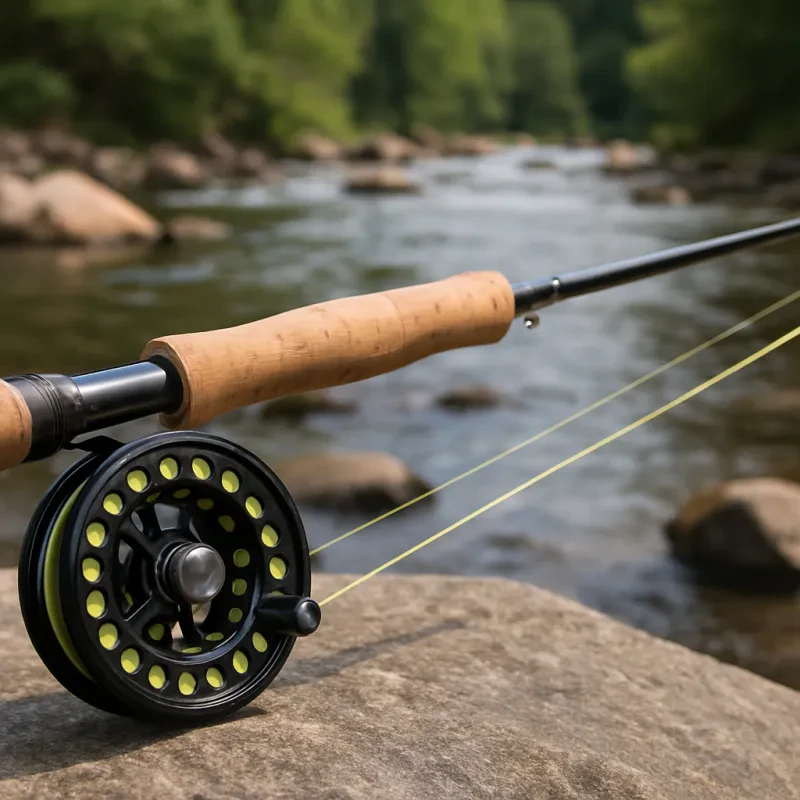Rainbow trout are not just beautiful; their body features are fascinating too! Let’s dive into some highlights of their anatomy that make them stand out in the water.
First off, their colorful skin is one of the most striking aspects of rainbow trout anatomy. With shades of blue, green, and silver, these fish have a distinctive pink stripe running along each side. This vibrant coloring isn't just for show; it helps them blend into their environment to avoid predators and attract mates.
Next up is their streamlined shape. Rainbow trout have an elongated body that helps them swim quickly and efficiently through the water. This sleek design is perfect for catching prey and escaping from bigger fish. Plus, their strong tails give them that extra burst of speed when they need it the most.
Another neat feature of rainbow trout anatomy is their specialized fins. They have paired pectoral fins, a large dorsal fin, and an anal fin, all of which work together to stabilize and steer them as they swim. The caudal fin, or tail fin, is particularly powerful, allowing for fast and agile movement.
Don't forget about their keen senses! Rainbow trout have excellent eyesight, which helps them spot food and avoid danger. Their lateral line system, a series of tiny sensory organs running down their sides, detects vibrations and changes in water pressure, making them expert hunters.
Key Features of Rainbow Trout
Rainbow trout are fascinating fish, and their anatomy is packed with interesting features. One of the first things you'll notice is their colorful appearance. They have a vibrant, pink stripe running along their side, surrounded by a mix of greens and blues. This flashy coloration not only makes them stand out in the water but also helps them camouflage among the rocks and plants.
Their body shape is another key aspect of rainbow trout anatomy. They have a streamlined body that helps them move quickly through the water. This design is perfect for darting after prey and escaping predators. Plus, their fins are uniquely shaped. The dorsal fin on their back is usually tall and pointed, while the tail is forked, which gives them the speed they need for quick sprints.
Rainbow trout have some solid sensory features too. Their eyes are specially adapted for spotting movement, making them great hunters. They can detect even the slightest ripples in the water's surface, helping them find food easily. Plus, they have a specialized lateral line system along their body. This allows them to sense vibrations in the water, which helps them navigate and detect potential mates or rivals.
Finally, let’s talk about their diet as part of their anatomy. Rainbow trout are opportunistic eaters, which means they’ll munch on whatever is available. This can include insects, smaller fish, and even crustaceans. Their mouth is wide and lined with sharp teeth, perfect for snagging slippery prey. With their impressive anatomy, rainbow trout play an important role in their ecosystem as both predator and prey.
Berkley Turbo Dough Trout Bait, Bubblegum 1.75oz
The perfect bait for trout fishing, Berkley Turbo Dough Trout Bait in Bubblegum 1.75oz
Product information
$5.96
Product Review Score
4.44 out of 5 stars
73 reviewsProduct links
Understanding Trout Color Patterns
When it comes to fishing for rainbow trout, understanding their color patterns can really up your game. Rainbow trout have beautiful, vibrant colors that change depending on their environment, age, and even the season. Knowing how these colors work helps you figure out the best time and method to catch them.
The top of a rainbow trout is usually a dark green or blue, which helps them blend into the water and avoid predators. As you move down their body, you’ll see the signature rainbow stripe—it's bright pink or red and runs horizontally. This stripe stands out against the silver or white belly, making them look striking in the sunlight. Take a moment to observe these patterns; they play a huge role in their camouflage.
Young rainbow trout sport different hues than adults. When they’re young, they can be more silvery and have fewer pronounced colors. As they grow, their vibrant colors develop, making them one of the most beautiful species of trout around. Seasonal changes also impact their appearance. During spawning season, males often get darker and develop a more intense coloration. Knowing when these changes happen helps a ton when you're out fishing.
Understanding rainbow trout anatomy goes beyond just their colors. Color patterns are a reflection of their health and habitat, too. If they're bright and vibrant, it usually means they're thriving. Nailing down these details not only makes your fishing trips more successful but also helps you appreciate the stunning beauty of rainbow trout a bit more.
Streamers for Trout, Bass, Pike | Size 2 (8 Pack)
Premium Selection of Streamers for Trout, Bass, and Pike in Size 2 (8 Pack)
Product information
$22.95
Product Review Score
4.54 out of 5 stars
23 reviewsProduct links
Where to Find Rainbow Trout
If you're itching to catch some rainbow trout, knowing where to find them is key. These fish love cold, clear waters, so look for them in streams, rivers, and lakes that fit this description. They often hang out in areas with plenty of cover, like rocks, logs, or aquatic plants. Finding spots where the current slows down, like behind boulders or bends in a river, can lead to some great fishing.
When it comes to lakes, look for rainbow trout near the shore or in shallow areas, especially early in the morning or late in the afternoon. They tend to feed near the surface during these times. If you're fishing in deeper waters, try using a float to keep your bait at the right depth where these fish are lurking. Understanding their behavior is a big part of mastering rainbow trout anatomy and learning how they react to their environment.
Pay attention to the seasons, too. Rainbow trout spawn in the spring, so they can be found in shallower waters during this time. In the summer, they often seek cooler depths. Winter fishing can be productive as well, but you'll need to focus on deeper areas where they stay active. Keep these tips in mind, and you'll increase your chances of success in catching these beautiful fish.
Don’t forget to check your local regulations for specific fishing areas and season dates. Whether you’re fishing in a mountain stream or a local lake, knowing where to find rainbow trout makes all the difference. Happy fishing!
